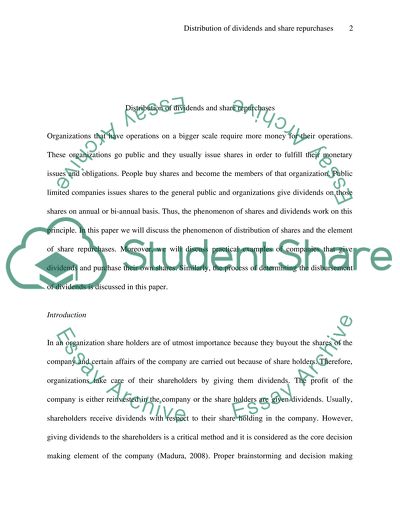Cite this document
(Distribution of Dividends Coursework Example | Topics and Well Written Essays - 1750 words, n.d.)
Distribution of Dividends Coursework Example | Topics and Well Written Essays - 1750 words. https://studentshare.org/macro-microeconomics/1503183-distribution-of-dividends
Distribution of Dividends Coursework Example | Topics and Well Written Essays - 1750 words. https://studentshare.org/macro-microeconomics/1503183-distribution-of-dividends
(Distribution of Dividends Coursework Example | Topics and Well Written Essays - 1750 Words)
Distribution of Dividends Coursework Example | Topics and Well Written Essays - 1750 Words. https://studentshare.org/macro-microeconomics/1503183-distribution-of-dividends.
Distribution of Dividends Coursework Example | Topics and Well Written Essays - 1750 Words. https://studentshare.org/macro-microeconomics/1503183-distribution-of-dividends.
“Distribution of Dividends Coursework Example | Topics and Well Written Essays - 1750 Words”. https://studentshare.org/macro-microeconomics/1503183-distribution-of-dividends.


